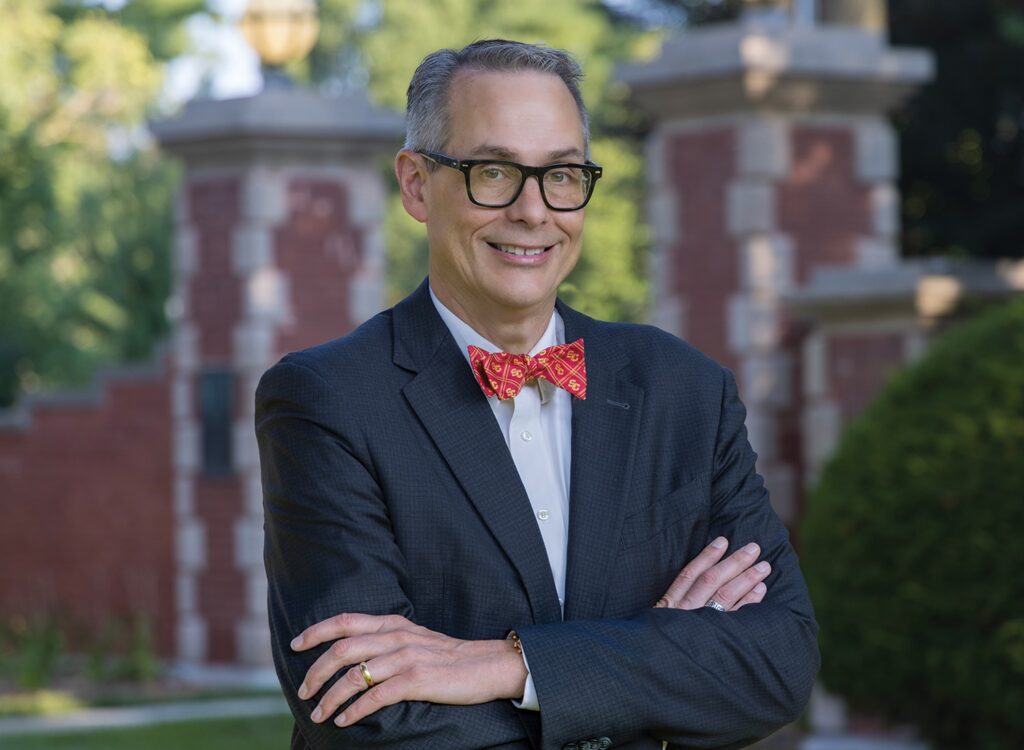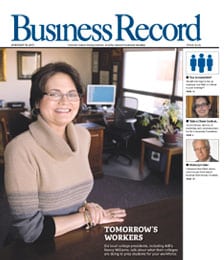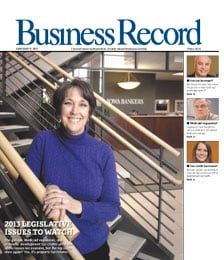Another shot of economic optimism
Another visiting economist, another optimistic forecast. Ken Simonson, chief economist for the Associated General Contractors of America, spoke at the Master Builders of Iowa Annual Convention and Construction Exposition last week and basically told his listeners to keep their nail guns loaded and ready.
Simonson said he expects contractors to benefit from strong construction activity in the manufacturing, hospital, hotel and highway sectors.
For example, Wal-Mart Stores Inc. and Lowe’s Cos. Inc. plan to build even more stores than in 2005, Simonson reported, and noted that as he travels around the country, “wherever I go, it seems like the major hospital in town is making major renovations or building a new facility.” We see that here, too.
Simonson’s mostly sunny forecast echoed the message delivered at the Economic Forecast Forum last month by Carl Tannenbaum, the chief economist of LaSalle Bank Corp. in Chicago.
Simonson didn’t promise that the contractors’ path will be as smooth as a new driveway, though. “The U.S. is permanently in a situation where there’s a lot of demand in the world for the materials you guys buy,” he said. At the least, that indicates volatile prices for steel and cement for the foreseeable future.
H. Lynn Horak, president of Wells Fargo Bank’s Midwest region, was just as upbeat in his remarks to the group. Reporting the analysis of Wells Fargo’s chief investment specialist, James Paulsen, Horak said, “We expect 2006 to deliver a fourth consecutive year of solid economic growth, and we expect positive stock market returns.”
He predicted an acceleration of economic growth in Europe and Japan, and “spectacular” growth not only in China, but also in Mexico and India.
However, Horak called for belt-tightening at the state government level and emphasized the need to bring more people into Iowa to fuel growth. We need more bodies and also more diversity, he said.
It’s all quite encouraging, and the best thing to do is believe it. We all know things can go wrong, and predictions are rarely 100 percent accurate. But with any luck, these forecasts will work as self-fulfilling prophecies.








